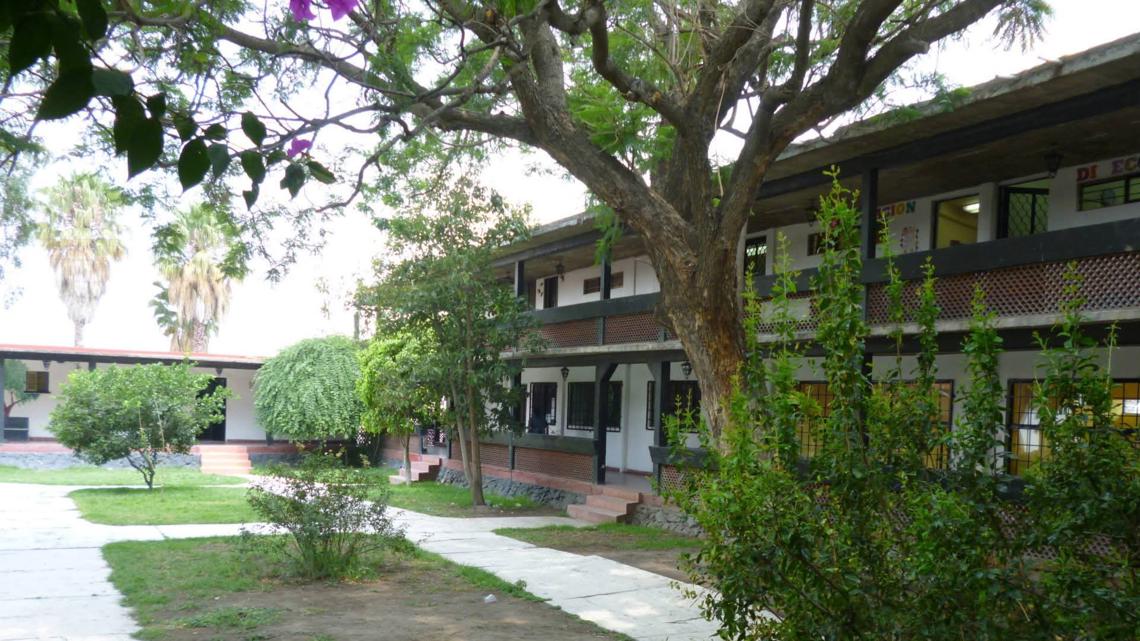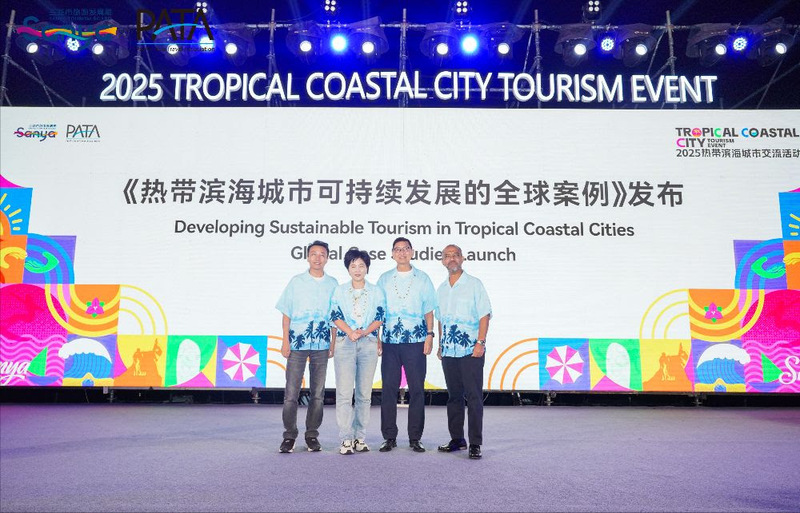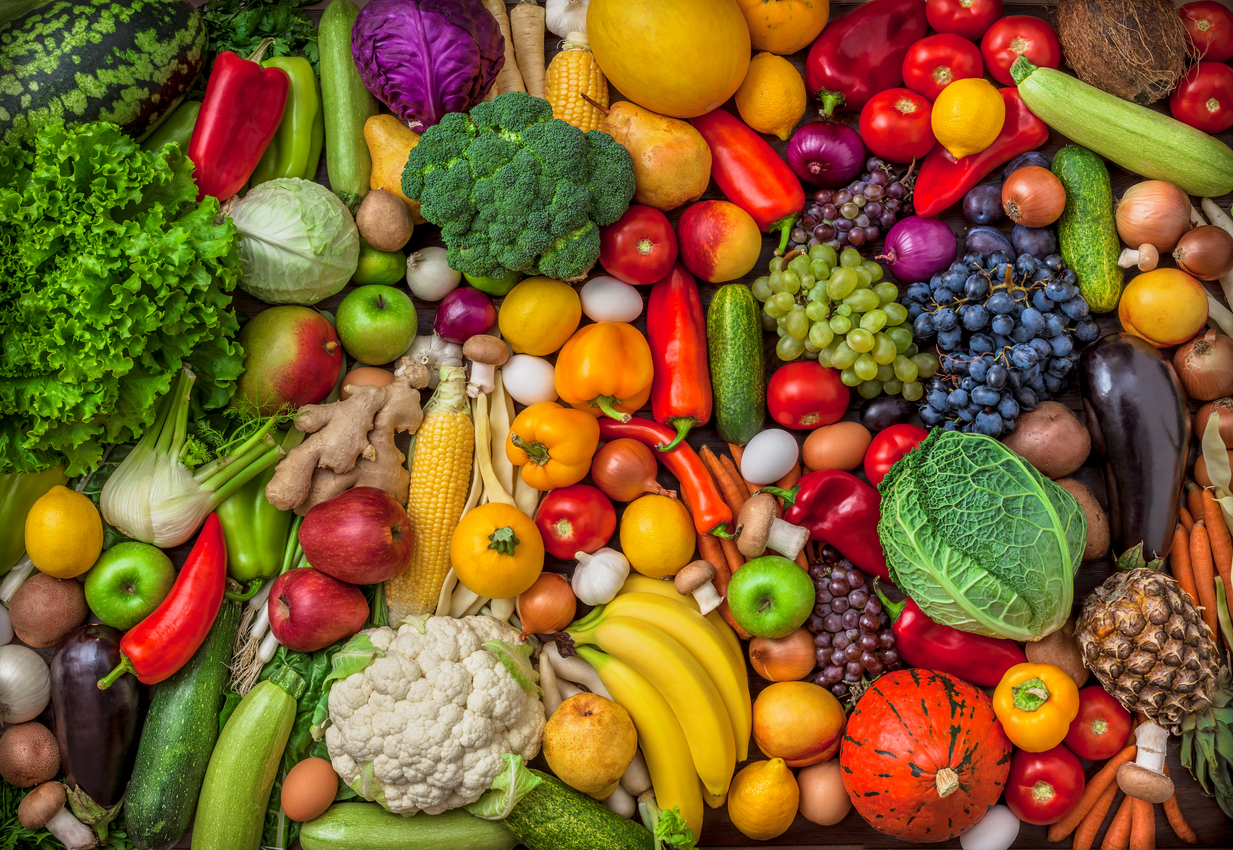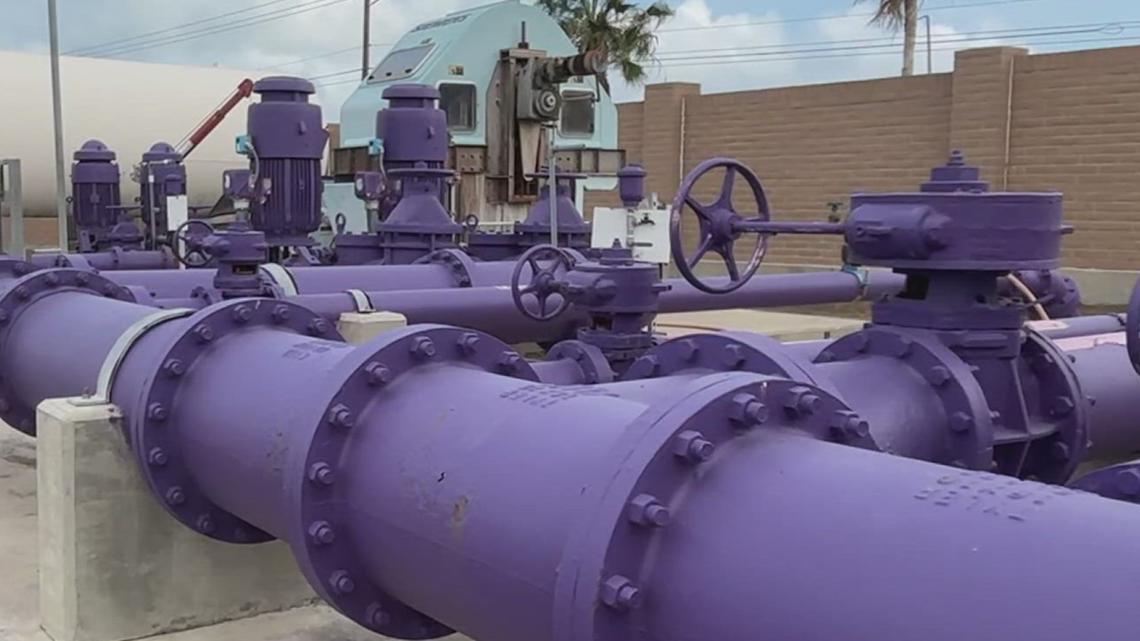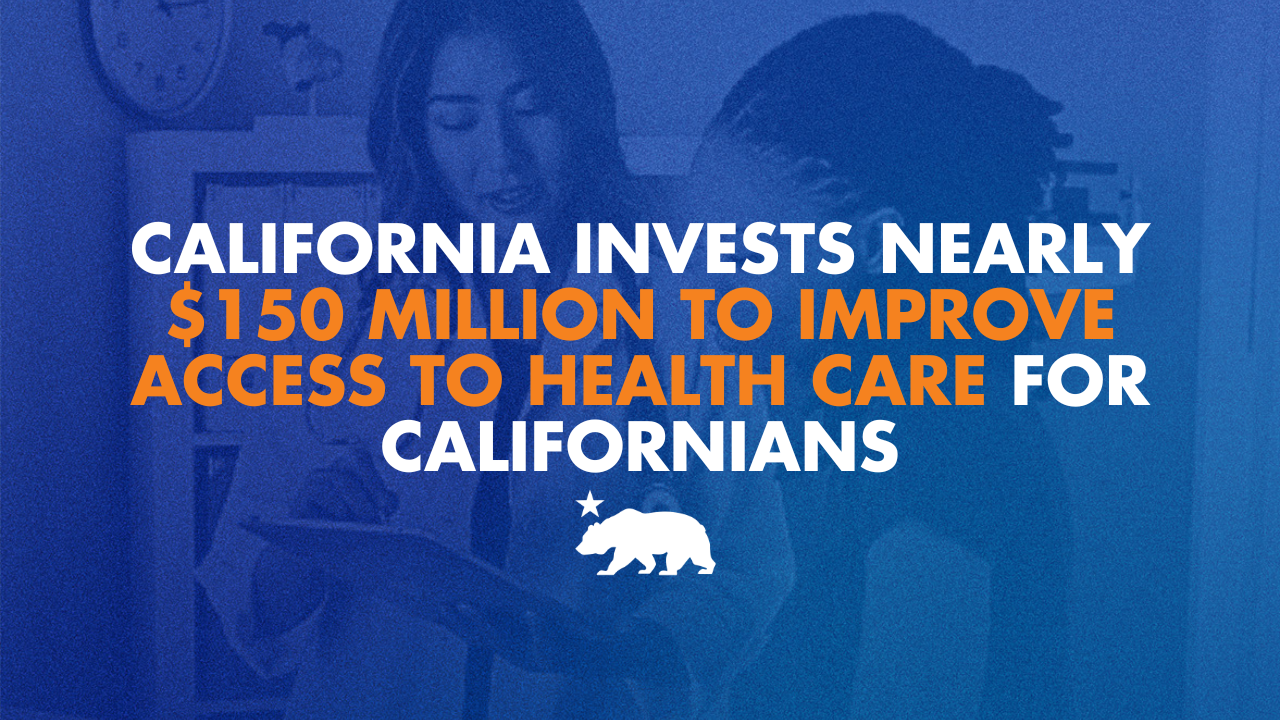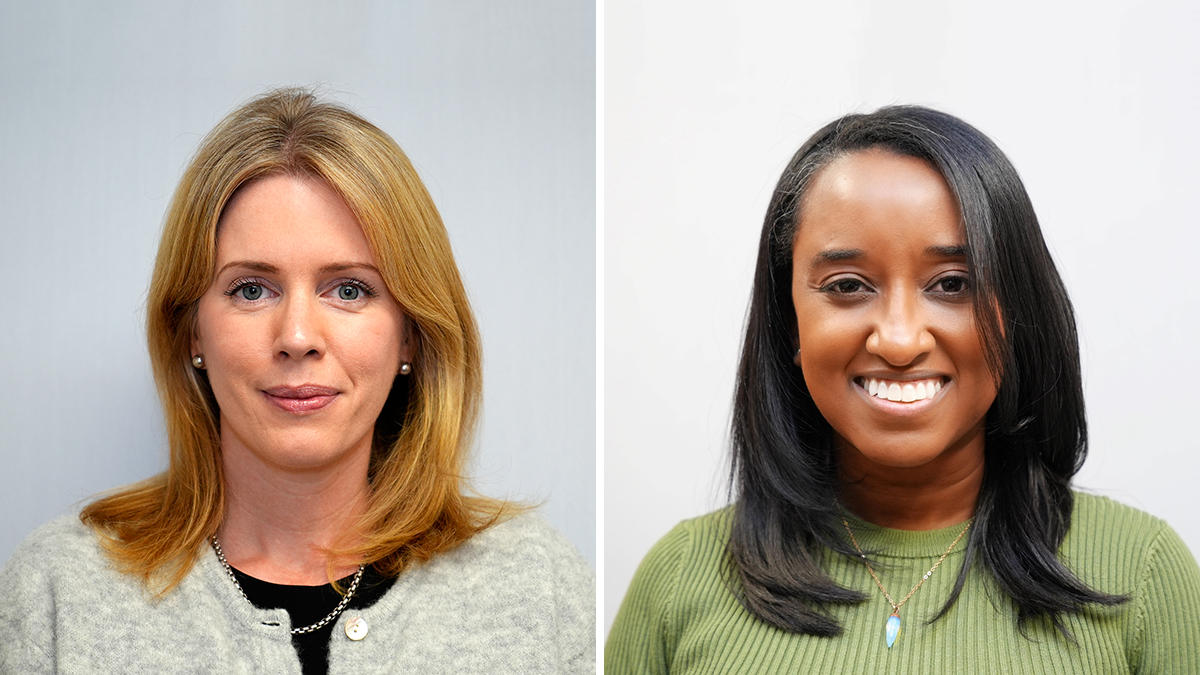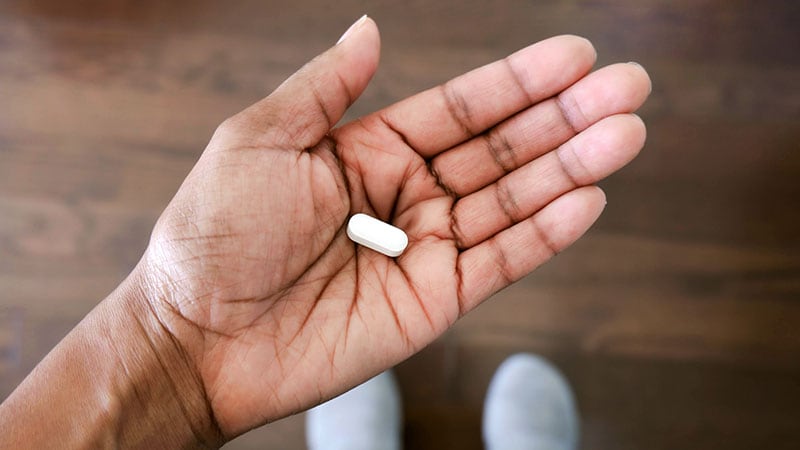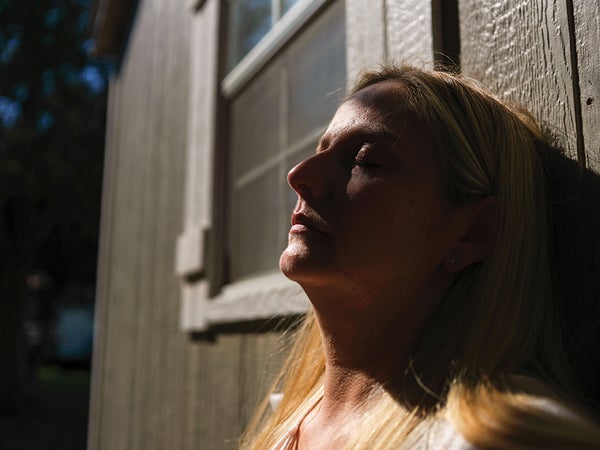Safe Delivery Restores Hope — A Mother’s Life Saved through Quality Reproductive Health Services at Dhamar MCH Hospital – ReliefWeb

Project Report: Enhancing Maternal and Newborn Health in Dhamar City, Yemen
Project Overview and Alignment with Sustainable Development Goals (SDGs)
A project implemented by the Building Foundation for Development (BFD) and funded by the Yemen Humanitarian Fund (YHF) is making significant strides in advancing several Sustainable Development Goals (SDGs) in Dhamar City. The “Provision of Health and Nutrition Life-Saving Assistance” project directly addresses critical gaps in maternal and child healthcare, contributing to global development targets.
- SDG 3 (Good Health and Well-being): The project’s core objective is to reduce maternal and newborn mortality by ensuring access to quality reproductive and emergency obstetric care.
- SDG 5 (Gender Equality): By providing essential reproductive health services, the initiative empowers vulnerable women and ensures their right to health, a key component of gender equality.
- SDG 1 (No Poverty): The provision of accessible healthcare services mitigates the financial burden on impoverished families, preventing catastrophic health expenditures that can perpetuate poverty.
Key Interventions and Contribution to SDG 3
The intervention at Dhamar Mother and Child Hospital is a targeted effort to achieve SDG Target 3.1 (reduce the global maternal mortality ratio) and Target 3.8 (achieve universal health coverage). This was accomplished through a multi-faceted support system:
- Operational Support: Ensuring the hospital’s capacity to function continuously, providing a reliable source of care for the community.
- Provision of Medical Supplies: Supplying essential medicines and equipment necessary for safe deliveries and emergency obstetric and newborn care (EmONC).
- Incentives for Health Workers: Supporting medical staff to guarantee the 24/7 availability of life-saving Reproductive, Maternal, Newborn, and Adolescent Health (RMNAH) services.
Case Study: Impact on Beneficiaries and Progress towards SDG 1 and SDG 5
The case of Mrs. Hanadi, a resident of the Al-Sal’ah neighborhood, exemplifies the project’s direct impact. On September 30, 2025, Mrs. Hanadi arrived at the hospital in active labor.
- Contribution to SDG 1 (No Poverty): Lacking the financial resources for private healthcare, Mrs. Hanadi’s ability to access the revitalized public hospital for a safe delivery demonstrates the project’s success in removing economic barriers to essential services.
- Contribution to SDG 5 (Gender Equality): The project ensured Mrs. Hanadi’s access to critical reproductive healthcare, upholding her right to safe childbirth and contributing to the broader goal of health equity for women.
Collaborative Impact and SDG 17 (Partnerships for the Goals)
This initiative serves as a model for SDG 17 (Partnerships for the Goals). The successful outcomes are a direct result of the effective collaboration between the implementing and funding partners, showcasing how strategic alliances are essential for achieving sustainable development in humanitarian contexts.
- Implementing Partner: Building Foundation for Development (BFD)
- Funding Partner: Yemen Humanitarian Fund (YHF)
SDGs Addressed in the Article
Analysis of Relevant Sustainable Development Goals
The article discusses a humanitarian project focused on maternal and child health in Yemen. Based on the project’s objectives and outcomes, the following SDGs are directly addressed:
- SDG 3: Good Health and Well-being: This is the primary goal addressed. The article focuses on providing “quality maternal health services,” “Reproductive Health (RMNAH),” and “Emergency Obstetric and Newborn Care (EmONC) services.” The story of Mrs. Hanadi delivering her baby safely directly illustrates the project’s impact on health outcomes.
- SDG 5: Gender Equality: The project specifically targets “vulnerable women,” ensuring they have access to critical reproductive health services. By providing these services, the project empowers women and addresses gender-specific health challenges, contributing to their well-being and equality.
- SDG 1: No Poverty: The article highlights that Mrs. Hanadi had “limited financial resources and no access to private healthcare.” The project provides life-saving assistance to those who cannot afford it, thus removing a financial barrier to essential services and mitigating the health-related economic shocks that can push families deeper into poverty.
Specific Targets Identified
Identifying Targets within the SDGs
The article’s content points to several specific targets under the identified SDGs:
-
SDG 3: Good Health and Well-being
- Target 3.1: By 2030, reduce the global maternal mortality ratio. The provision of “Emergency Obstetric and Newborn Care (EmONC) services” and ensuring 24/7 availability of reproductive health support are direct interventions aimed at preventing maternal deaths during childbirth.
- Target 3.2: By 2030, end preventable deaths of newborns. The project’s focus on “Newborn Care” is a clear effort to reduce neonatal mortality by providing essential medical services at the time of birth.
- Target 3.8: Achieve universal health coverage, including financial risk protection and access to quality essential health-care services. The project supports a public hospital to provide services for individuals like Mrs. Hanadi with “limited financial resources,” directly demonstrating an effort to ensure access to quality care without financial hardship.
-
SDG 5: Gender Equality
- Target 5.6: Ensure universal access to sexual and reproductive health and reproductive rights. The project’s core activity is providing “Reproductive Health (RMNAH)” services, which is a direct implementation of this target by ensuring women can access the care they need.
Indicators for Measuring Progress
Implied and Mentioned Indicators
While the article does not cite specific SDG indicator codes, the activities and outcomes described can be measured by the following indicators:
- Indicator 3.1.2 (Proportion of births attended by skilled health personnel): The project’s support for Dhamar Mother and Child Hospital, including providing incentives to health workers and ensuring 24/7 service availability, directly implies an increase in the number of births attended by trained professionals. Mrs. Hanadi’s safe delivery is an anecdotal example of this.
- Indicator 3.8.1 (Coverage of essential health services): The article explicitly states the project provides “Reproductive Health (RMNAH) and Emergency Obstetric and Newborn Care (EmONC) services.” The availability and utilization of these services by the community are a direct measure of this indicator.
- Access to reproductive health facilities and services: While not a formal SDG indicator itself, the project’s success in revitalizing the Dhamar Mother and Child Hospital serves as a practical indicator of progress towards Target 5.6. The number of women accessing these services could be used to measure this progress.
Summary of Findings
| SDGs | Targets | Indicators |
|---|---|---|
| SDG 3: Good Health and Well-being |
3.1: Reduce global maternal mortality. 3.2: End preventable deaths of newborns. 3.8: Achieve universal health coverage. |
Implied Indicator 3.1.2: Proportion of births attended by skilled health personnel (through 24/7 hospital services). Implied Indicator 3.8.1: Coverage of essential health services (provision of RMNAH and EmONC). |
| SDG 5: Gender Equality | 5.6: Ensure universal access to sexual and reproductive health. | Implied Indicator: Increased access to and availability of reproductive health services for vulnerable women. |
| SDG 1: No Poverty | 1.3: Implement nationally appropriate social protection systems. | Implied Indicator: Reduction of out-of-pocket health expenditures for vulnerable populations (by providing services to those with “limited financial resources”). |
Source: reliefweb.int
What is Your Reaction?
 Like
0
Like
0
 Dislike
0
Dislike
0
 Love
0
Love
0
 Funny
0
Funny
0
 Angry
0
Angry
0
 Sad
0
Sad
0
 Wow
0
Wow
0









